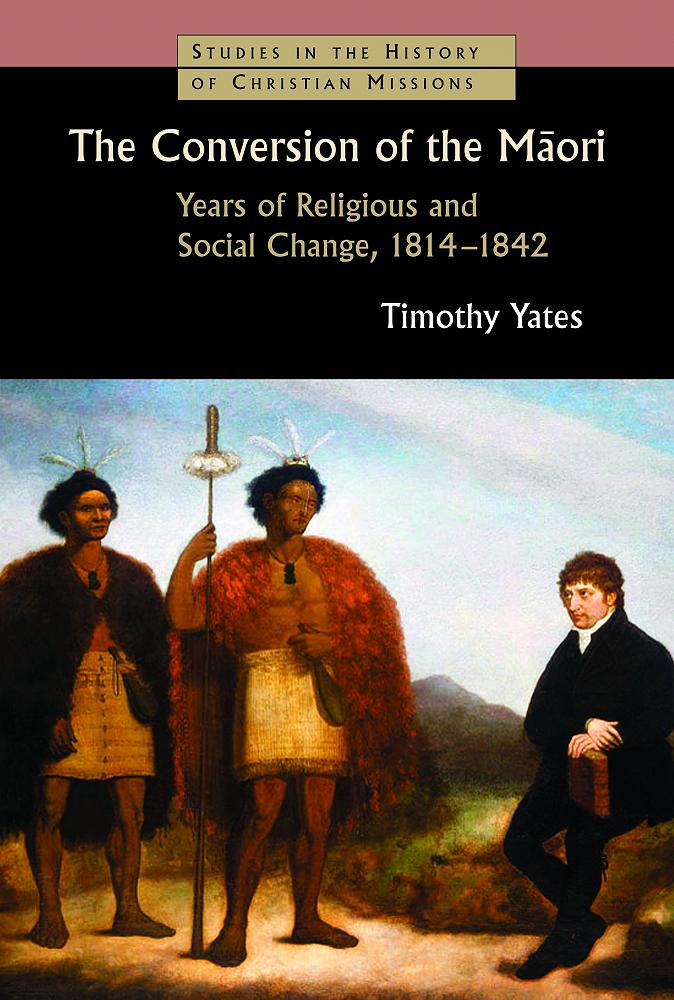
The Conversion of the Māori: Years of Religious and Social Change, 1814-1842
By Timothy Yates. Grand Rapids/Cambridge: W. B. Eerdmans Publishing Co, 2013. Reviewer: Susan Smith
On Christmas Day, 1814, CMS missionary and Anglican priest, Samuel Marsden, presided over a service at Rangihoua in New Zealand. Marsden led the large Māori congregation in singing Psalm 100 and then preached from Luke 2:1–10, "Behold I bring you good tidings of great joy." This was the earliest known preaching of the good news in New Zealand and in 2014 the bi-centennial of the arrival of Christianity in New Zealand is being celebrated by the Anglican Church.
Almost 200 years later, in The Conversion of the Māori, Anglican scholar, Timothy Yates, tells the story of mission among the Māori people of New Zealand from 1814 through to 1842, exciting years which cover the arrival of the Anglican CMS missionaries, the Methodists who arrived some five years later, and the French Catholic missionaries who reached New Zealand in 1838. In 1840, the Treaty of Waitangi was signed between Māori chiefs and the British Crown represented by Governor William Hobson, and missionaries played a key role in persuading Māori to sign the Treaty.
The Conversion of the Māori fills an important gap in our understanding of the work of the first missionaries. Yates informs the reader that his work may appear as "traditional in approach, being narrative history based on close attention to sources in archives" (p xi). But this approach is not a drawback as it allows the reader to appreciate the chronological developments that initially saw Māori enthusiastically respond to the message of the first missionaries, then further down the track, apparently embracing it for ulterior motives. Finally when the Colonial Office in London decided that New Zealand would become a British colony, Yates argues that despite the ambiguities surrounding the signing of the Treaty, missionaries were positively aware of Māori concerns in the advice they gave to the chiefs who met at Waitangi.
Yates provides a thoughtful critique of missionary motivation behind the proclamation of the good news, and an equally thoughtful critique as to why Māori accepted it. Nor does he avoid a critical examination of Samuel Marsden, his earlier role as a magistrate in Sydney and his antipathy towards Australian Aboriginals, convicts and Catholics, particularly Irish. In a similar fashion he offers a succinct critique of the Catholic French bishop Pompallier whose failure both as an administrator and as a pastor of his priests did not always advance Catholic missionary efforts.
The Conversion of the Māori is essential reading for all those who wish to appreciate more the role of early missionaries — Anglican, Methodist and Catholic — in New Zealand's history. Yates examines important issues that lie behind subsequent developments in New Zealand history. These issues include the acquisition of lands for the missionaries and their families, the sale of muskets to the Māori in the North, and what should be prioritised by missionaries in their first meetings with indigenous peoples — "civilisation" or "evangelisation". Such questions merit on-going examination and critique and hopefully Yates' publication will prompt Catholic historians to do just that.
Published in Tui Motu InterIslands Magazine. February 2015.
